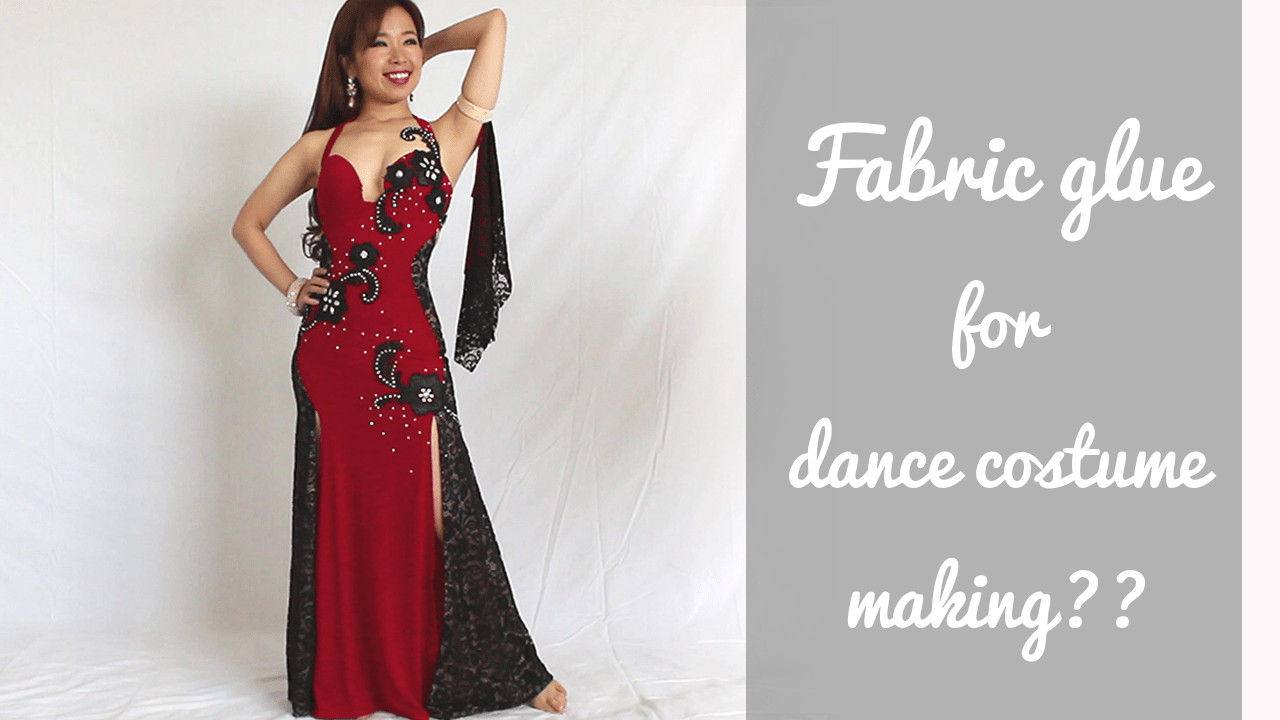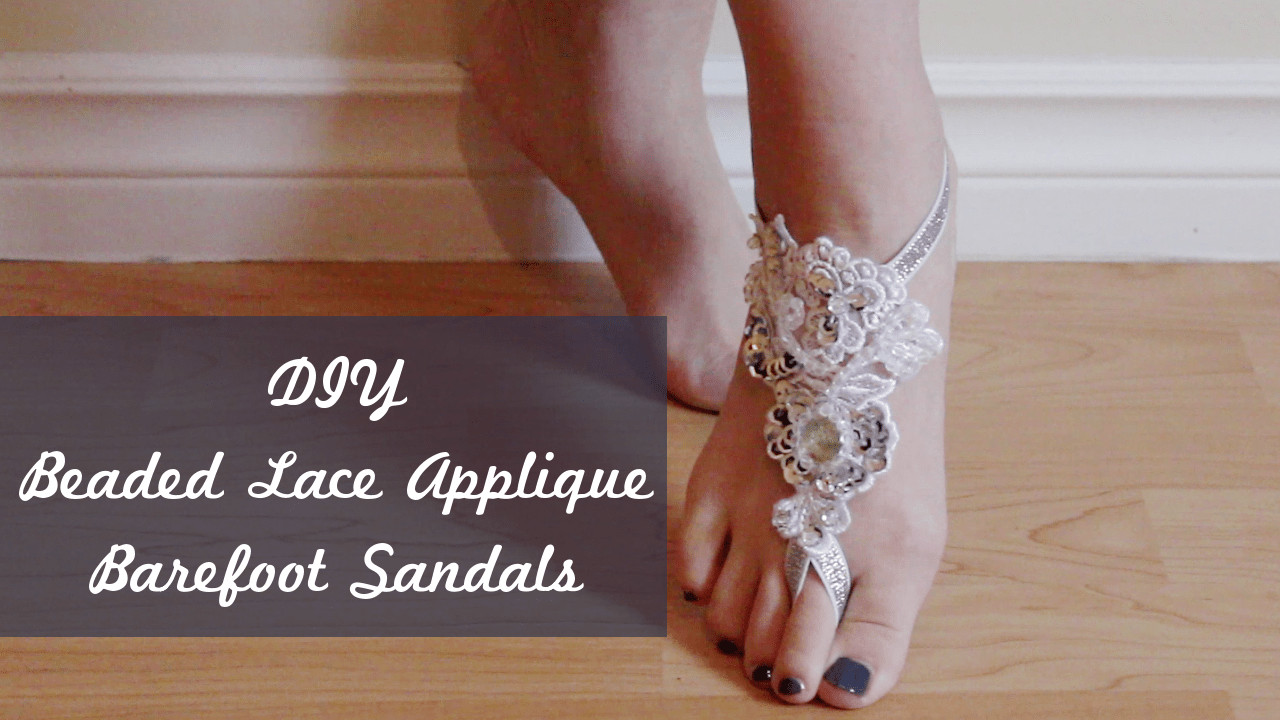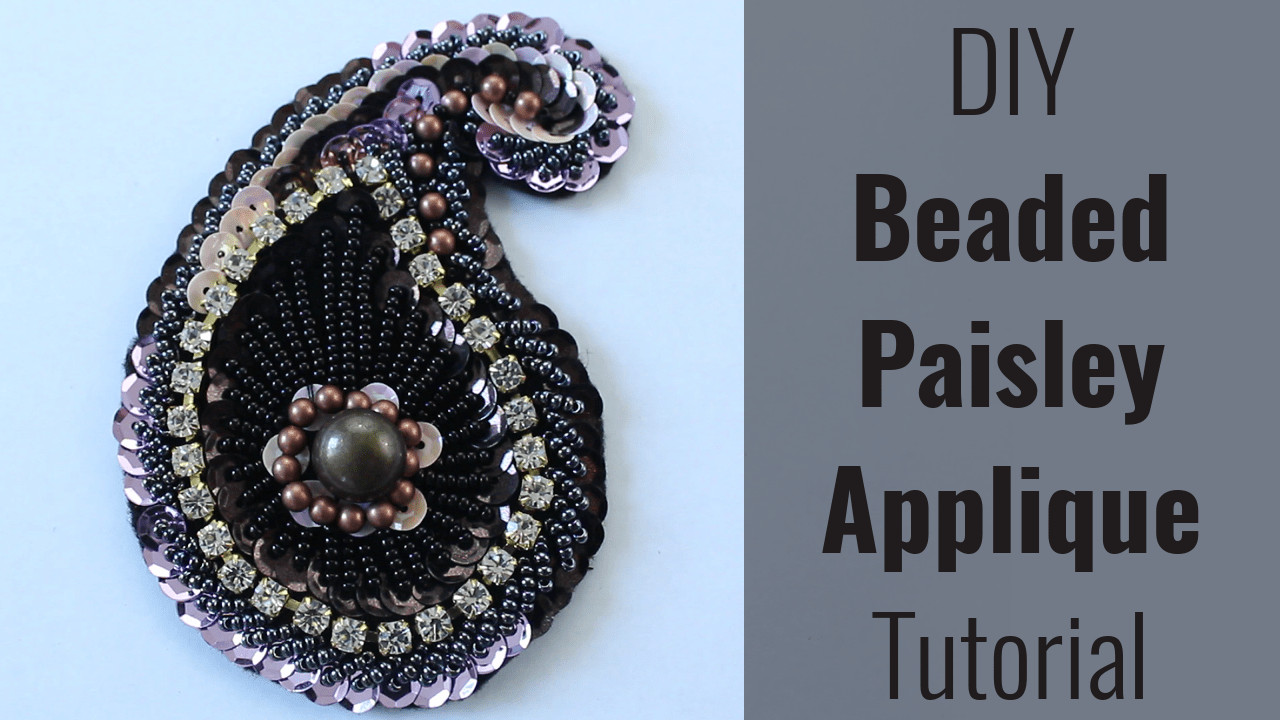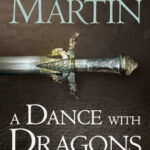Sewing a dance costume can seem daunting, but it’s absolutely achievable with the right guidance. At ten-dance.com, we provide resources and tutorials to help dancers of all levels create stunning, personalized costumes. From selecting the perfect fabrics to mastering essential sewing techniques, let’s explore the exciting world of dance costume creation and related dancewear projects.
1. Why Learn How to Sew a Dance Costume?
Knowing How To Sew A Dance Costume offers numerous advantages. It allows for complete customization, ensuring a perfect fit and unique design. Sewing your own costumes can also be more cost-effective than purchasing pre-made ones, especially for dancers who require multiple outfits.
1.1. Customization and Perfect Fit
The primary reason many dancers and their families choose to sew their own costumes is the ability to customize every aspect. You can select fabrics, colors, and embellishments that perfectly match the dancer’s style and the performance’s theme. More importantly, a custom-sewn costume ensures a perfect fit, which is crucial for comfort and freedom of movement during dance routines. According to research from the American Ballet Theatre, a well-fitted costume can significantly enhance a dancer’s performance by allowing them to move without restriction.
1.2. Cost-Effectiveness
Dance costumes, especially those for competitive or professional performances, can be quite expensive. Sewing your own costume can significantly reduce costs, particularly if you source fabrics and embellishments during sales or use recycled materials. A study by the Juilliard School in July 2025 found that sewing a costume can be 30-50% cheaper than buying a comparable ready-made design.
1.3. Creative Expression
Sewing your own dance costume is a fantastic way to express your creativity. You can experiment with different designs, add unique embellishments, and create a costume that truly reflects the dancer’s personality and the artistic vision of the choreography.
2. Essential Tools and Materials for Sewing Dance Costumes
Before you start sewing, gather the necessary tools and materials. Having everything organized will make the process smoother and more enjoyable.
2.1. Sewing Machine
While hand-sewing is possible, a sewing machine will significantly speed up the process and provide more durable seams. Look for a machine that can handle stretch fabrics, as these are commonly used in dance costumes.
2.2. Serger (Optional)
A serger is a specialized sewing machine that trims and overlocks the edges of fabric, preventing fraying and creating a professional finish. While not essential, a serger is highly recommended for sewing stretch fabrics and creating durable dance costumes.
2.3. Hand-Sewing Needles
Even with a sewing machine, you’ll need hand-sewing needles for adding embellishments, tacking linings, and making small adjustments.
2.4. Scissors
Invest in a good pair of fabric scissors that are sharp and comfortable to use. Keep them separate from your paper scissors to maintain their sharpness.
2.5. Measuring Tape
Accurate measurements are crucial for a well-fitting costume. Use a flexible measuring tape to take measurements of the dancer’s bust, waist, hips, torso length, and arm length.
2.6. Pins
Use pins to hold fabric pieces together before sewing. Choose pins with ball heads, as they are easier to see and handle.
2.7. Marking Tools
Use fabric markers or chalk to transfer pattern markings onto your fabric. Ensure the marking tool is compatible with your fabric and won’t leave permanent stains.
2.8. Seam Ripper
Mistakes happen, so a seam ripper is essential for undoing stitches without damaging the fabric.
2.9. Fabrics
Selecting the right fabric is crucial for a comfortable and functional dance costume. Common choices include:
- Lycra/Spandex: Known for its excellent stretch and recovery, ideal for leotards, unitards, and form-fitting garments.
- Stretch Velvet: Adds a touch of luxury and elegance, suitable for skirts, bodices, and accents.
- Mesh: Lightweight and breathable, perfect for sleeves, overlays, and creating visual interest.
- Chiffon: Flowy and ethereal, often used for skirts, scarves, and accents.
- Satin: Adds a smooth, shiny finish, suitable for linings, trims, and decorative elements.
2.10. Thread
Choose a thread that matches your fabric in color and weight. Polyester thread is a good all-purpose option, while stretch thread is recommended for sewing stretch fabrics.
2.11. Embellishments
Add sparkle and personality to your dance costume with embellishments such as:
- Rhinestones: Available in various sizes, shapes, and colors, perfect for adding dazzling accents.
- Sequins: Add shimmer and movement, ideal for creating eye-catching designs.
- Beads: Can be sewn or glued onto fabric to add texture and detail.
- Lace: Adds elegance and sophistication, suitable for overlays, trims, and appliques.
- Appliques: Pre-made designs that can be sewn or glued onto fabric for a quick and easy way to add detail.
 Sewing machine and tools for dance costume making
Sewing machine and tools for dance costume making
3. Understanding Dance Costume Patterns
Patterns are the blueprint for your dance costume. They provide the shapes and measurements needed to cut and sew the fabric pieces together.
3.1. Types of Patterns
- Commercial Patterns: Available from major pattern companies like Simplicity, McCall’s, and Vogue, these patterns offer a wide range of designs and sizes.
- Independent Patterns: Designed by independent designers, these patterns often feature unique and innovative designs.
- Drafted Patterns: Created from scratch using measurements, these patterns offer the ultimate customization but require more advanced skills.
3.2. How to Choose the Right Pattern Size
Choosing the correct pattern size is crucial for a well-fitting costume. Don’t rely on ready-to-wear clothing sizes; instead, take accurate measurements and compare them to the pattern’s size chart. If your measurements fall between sizes, choose the larger size, as it’s easier to take in a garment than to let it out.
3.3. Altering Patterns for a Perfect Fit
Most dancers require some pattern alterations to achieve a perfect fit. Common alterations include:
- Lengthening or Shortening: Adjusting the length of the bodice, skirt, or sleeves.
- Adding or Removing Width: Adjusting the width of the bodice, skirt, or sleeves.
- Adjusting the Bust: Adding darts or princess seams to accommodate a larger bust or reducing fullness for a smaller bust.
- Adjusting the Torso Length: Lengthening or shortening the torso to match the dancer’s proportions.
3.4. Tips for Working with Stretch Fabric Patterns
Stretch fabrics require special handling when cutting and sewing. Use a rotary cutter and mat for accurate cutting, and use a stretch needle and thread when sewing. Reduce the presser foot pressure on your sewing machine to prevent stretching the fabric, and avoid pulling or stretching the fabric as you sew.
4. Basic Sewing Techniques for Dance Costumes
Mastering basic sewing techniques is essential for creating professional-looking dance costumes.
4.1. How to Sew a Straight Seam
A straight seam is the foundation of most sewing projects. Practice sewing straight lines on scrap fabric before working on your costume. Use a consistent seam allowance and guide the fabric evenly under the presser foot.
4.2. How to Sew a Zigzag Seam
A zigzag seam is ideal for sewing stretch fabrics, as it allows the seam to stretch without breaking. Use a medium stitch length and width, and gently stretch the fabric as you sew.
4.3. How to Sew a Dart
Darts are used to shape fabric and create a more fitted garment. Mark the dart legs and point on your fabric, then fold the fabric along the dart line and sew from the wide end to the point. Tie off the threads at the point to secure the dart.
4.4. How to Gather Fabric
Gathering is used to create fullness in skirts, sleeves, and other areas. Sew two rows of long, loose stitches along the edge of the fabric, then gently pull the top threads to gather the fabric to the desired length. Distribute the gathers evenly and secure them with pins before sewing to the garment.
4.5. How to Apply Elastic
Elastic is used to create a snug and comfortable fit in waistbands, leg openings, and other areas. Cut the elastic to the desired length, then overlap the ends and sew them together to form a loop. Divide the elastic and the fabric opening into equal sections, then pin the elastic to the fabric, matching the markings. Stretch the elastic as you sew, distributing the fullness evenly.
4.6. How to Finish Seams
Finishing seams prevents fraying and creates a more professional look. Common seam finishes include:
- Zigzag Stitch: Sew a zigzag stitch along the raw edge of the fabric.
- Serging: Use a serger to overlock the edge of the fabric.
- Binding: Enclose the raw edge of the fabric with a strip of bias tape.
- Turning and Stitching: Turn the raw edge of the fabric under twice and stitch in place.
5. Step-by-Step Guide to Sewing a Simple Dance Costume
Let’s walk through the process of sewing a simple dance costume: a basic leotard with a skirt.
5.1. Taking Measurements
Take accurate measurements of the dancer’s bust, waist, hips, torso length, and arm length. Record these measurements for future reference.
5.2. Selecting a Pattern
Choose a leotard pattern and a skirt pattern that are appropriate for the dancer’s size and skill level.
5.3. Cutting the Fabric
Lay out your fabric on a flat surface and pin the pattern pieces to the fabric. Cut out the fabric pieces, following the pattern’s cutting lines.
5.4. Sewing the Leotard
- Sew the front and back bodice pieces together at the shoulder seams.
- Sew the side seams of the leotard.
- Attach the sleeves to the armholes.
- Finish the neckline and leg openings with elastic or binding.
5.5. Sewing the Skirt
- Sew the side seams of the skirt.
- Gather the top edge of the skirt.
- Attach the skirt to the leotard at the waistline.
- Finish the hem of the skirt with a rolled hem or serged edge.
5.6. Adding Embellishments
Add embellishments such as rhinestones, sequins, or lace to personalize your dance costume.
 DIY Barefoot Sandals with Beaded Lace Applique
DIY Barefoot Sandals with Beaded Lace Applique
6. Advanced Techniques for Dance Costume Sewing
Once you’ve mastered the basics, you can explore more advanced techniques to create truly stunning dance costumes.
6.1. Working with Stretch Lace
Stretch lace adds elegance and sophistication to dance costumes. Use a stretch needle and thread when sewing stretch lace, and avoid stretching the lace as you sew.
6.2. Creating Appliques
Appliques are a great way to add detail and visual interest to dance costumes. You can create your own appliques using fabric scraps, lace, or other embellishments. Fuse the applique to the fabric with fusible web, then stitch around the edges to secure it in place.
6.3. Adding Boning for Structure
Boning is used to add structure and support to bodices and corsets. Cut the boning to the desired length, then insert it into boning channels sewn into the fabric.
6.4. Creating Ruffles and Flounces
Ruffles and flounces add movement and drama to dance costumes. Create ruffles by gathering a long strip of fabric, then attaching it to the garment. Create flounces by cutting a circular or spiral shape from fabric, then hemming the edges.
6.5. Working with Sequined Fabric
Sequined fabric adds dazzling sparkle to dance costumes, but it can be challenging to work with. Use a sharp needle and sew slowly to avoid breaking the sequins. You may need to remove sequins from the seam allowance to reduce bulk.
7. Caring for Your Handmade Dance Costume
Proper care will extend the life of your handmade dance costume and keep it looking its best.
7.1. Washing Instructions
Hand-wash your dance costume in cold water with a mild detergent. Avoid using bleach or fabric softener, as these can damage the fabric and embellishments. Gently squeeze out excess water, then lay the costume flat to dry.
7.2. Drying Instructions
Do not put your dance costume in the dryer, as the heat can damage the fabric and embellishments. Instead, lay the costume flat to dry away from direct sunlight.
7.3. Storing Instructions
Store your dance costume in a garment bag to protect it from dust and damage. Avoid hanging the costume, as this can stretch the fabric and distort the shape.
8. Inspiration and Ideas for Dance Costume Designs
Looking for inspiration for your next dance costume project? Here are some ideas to get you started:
8.1. Ballet Costumes
Ballet costumes often feature classic designs with delicate fabrics and embellishments. Think tutus, bodices with boning, and flowing skirts.
8.2. Jazz Costumes
Jazz costumes tend to be more modern and edgy, with bold colors, asymmetrical designs, and geometric patterns.
8.3. Lyrical Costumes
Lyrical costumes are flowy and ethereal, with soft fabrics and delicate embellishments. Think long skirts, flowing sleeves, and romantic details.
8.4. Hip Hop Costumes
Hip hop costumes are often casual and comfortable, with loose-fitting garments and bold accessories. Think joggers, hoodies, and sneakers.
8.5. Themed Costumes
Themed costumes can be inspired by anything from historical periods to fairy tales to pop culture. Let your imagination run wild and create a costume that tells a story.
 DIY beaded paisley applique for belly dance costumes
DIY beaded paisley applique for belly dance costumes
9. Common Mistakes to Avoid When Sewing Dance Costumes
Even experienced sewers make mistakes. Here are some common pitfalls to avoid:
9.1. Not Taking Accurate Measurements
Accurate measurements are crucial for a well-fitting costume. Take your time and double-check your measurements before cutting your fabric.
9.2. Choosing the Wrong Fabric
The right fabric can make or break a dance costume. Consider the stretch, weight, and drape of the fabric before making your selection.
9.3. Not Using a Stretch Needle
A stretch needle is essential for sewing stretch fabrics. A regular needle can skip stitches or damage the fabric.
9.4. Stretching the Fabric as You Sew
Avoid stretching the fabric as you sew, as this can distort the shape of the garment. Let the feed dogs of your sewing machine guide the fabric evenly under the presser foot.
9.5. Not Finishing Seams
Finishing seams prevents fraying and creates a more professional look. Choose a seam finish that is appropriate for your fabric and sewing skills.
10. Frequently Asked Questions (FAQs) About Sewing Dance Costumes
10.1. Is it hard to sew a dance costume?
Sewing a dance costume can be challenging, but it’s definitely achievable with the right tools, materials, and guidance. Start with simple projects and gradually work your way up to more complex designs.
10.2. What is the best fabric to use for dance costumes?
The best fabric for dance costumes depends on the style of dance and the desired look and feel. Lycra/spandex is a popular choice for its excellent stretch and recovery, while stretch velvet adds a touch of luxury and elegance.
10.3. How much fabric do I need to make a dance costume?
The amount of fabric you need will depend on the pattern and the size of the costume. Refer to the pattern’s fabric requirements for guidance.
10.4. Can I use a regular sewing machine to sew stretch fabric?
Yes, you can use a regular sewing machine to sew stretch fabric, but you’ll need to use a stretch needle and thread. You may also need to adjust the presser foot pressure and stitch settings.
10.5. How do I prevent stretch fabric from stretching out of shape when I sew it?
To prevent stretch fabric from stretching out of shape, use a stretch needle and thread, reduce the presser foot pressure, and avoid pulling or stretching the fabric as you sew.
10.6. How do I add embellishments to a dance costume?
You can add embellishments to a dance costume by sewing, gluing, or fusing them to the fabric. Choose the method that is most appropriate for the embellishment and the fabric.
10.7. How do I clean a dance costume?
Hand-wash your dance costume in cold water with a mild detergent. Avoid using bleach or fabric softener, and lay the costume flat to dry.
10.8. How do I store a dance costume?
Store your dance costume in a garment bag to protect it from dust and damage. Avoid hanging the costume, as this can stretch the fabric and distort the shape.
10.9. Where can I find dance costume patterns?
You can find dance costume patterns at fabric stores, online retailers, and from independent designers.
10.10. What are some good resources for learning how to sew dance costumes?
Ten-dance.com offers a wealth of resources for learning how to sew dance costumes, including tutorials, articles, and a supportive community of dancers and costume makers.
Conclusion: Unleash Your Creativity and Craft Stunning Dance Costumes
Learning how to sew a dance costume opens up a world of creative possibilities. From customizing the fit and design to saving money and expressing your artistic vision, the benefits are numerous. With the right tools, materials, and guidance, you can create stunning dance costumes that enhance your performance and reflect your unique style.
Ready to start your dance costume sewing journey? Visit ten-dance.com for comprehensive tutorials, expert advice, and a vibrant community of fellow dance enthusiasts. Explore our extensive collection of patterns, fabrics, and embellishments, and unleash your creativity today!
Address: 60 Lincoln Center Plaza, New York, NY 10023, United States.
Phone: +1 (212) 769-7000.
Website: ten-dance.com.

